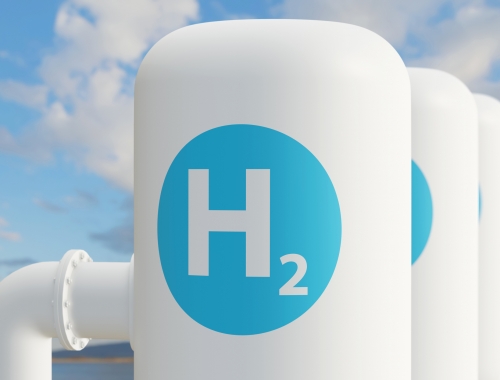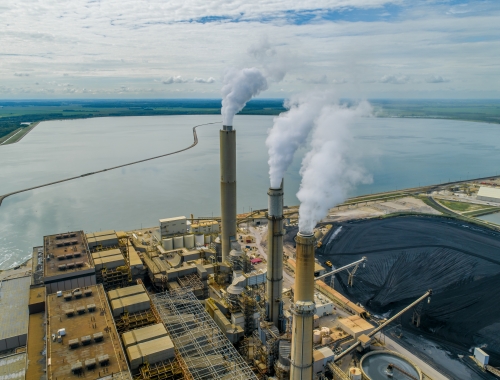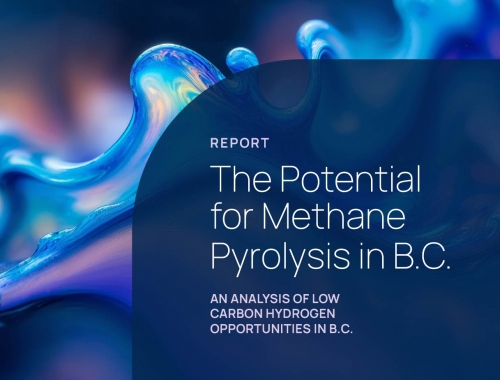Canadian gas group offers path to net zero
SUMMARY
Gas delivery sector is working on several pathways to reducing emissions
By Dale LunanThe Canadian Gas Association (CGA), which represents the country’s natural gas delivery sector, launched a digital hub November 29 dedicated to sharing the industry’s ongoing work to meet the federal government’s net-zero by 2050 aspirations.
The Net-Zero Hub offers insights into the opportunities and challenges associated with decarbonisation and the work the gas delivery sector is doing to position Canada as a global leader in affordable, reliable and low-emission gaseous energy.
“Central to ensuring Canada’s long-term well-being is leveraging the country’s incredible gas energy resources and its world-class network of underground infrastructure,” CGA CEO Timothy Egan said. “CGA’s members have a suite of energy solutions, including emission management technologies and other cleantech, renewable gases, and energy efficiency, that will act as a foundation for a lower-emission energy system, while maintaining energy affordability and reliability for Canadians.”
To guide the gas delivery sector to net zero, the CGA commissioned a report detailing three distinct pathways to deliver on emission reduction targets: gas energy efficiency, hybrid gas-electric heating systems and carbon-neutral fuels such as renewable natural gas.
Taken together, they could reduce emissions from Canada’s building envelope by as much as 31mn mt/yr of CO2-equivalent.
“Canada’s natural gas utilities are committed to maximizing the benefits that can come from gaseous energy and the infrastructure it flows through,” CGA chair Cynthia Hansen said. “However, to play a role in this important energy transformation, we cannot do it alone.”
To ensure a collaborative approach to net-zero, the CGA is calling on governments – national and provincial – to:
- Launch a task force aimed at modernising the energy utility legislative structure, which currently presents numerous barriers to investments in projects that would lower emissions;
- Co-fund solutions that would drive the most efficient use of natural gas in Canada’s residential and commercial buildings, such as heat pumps, hybrid heating and deep energy efficiency, and;
- Support programs and policies that underpin the work being done by utilities to incorporate more renewable natural gas and hydrogen into the existing gas delivery infrastructure.








